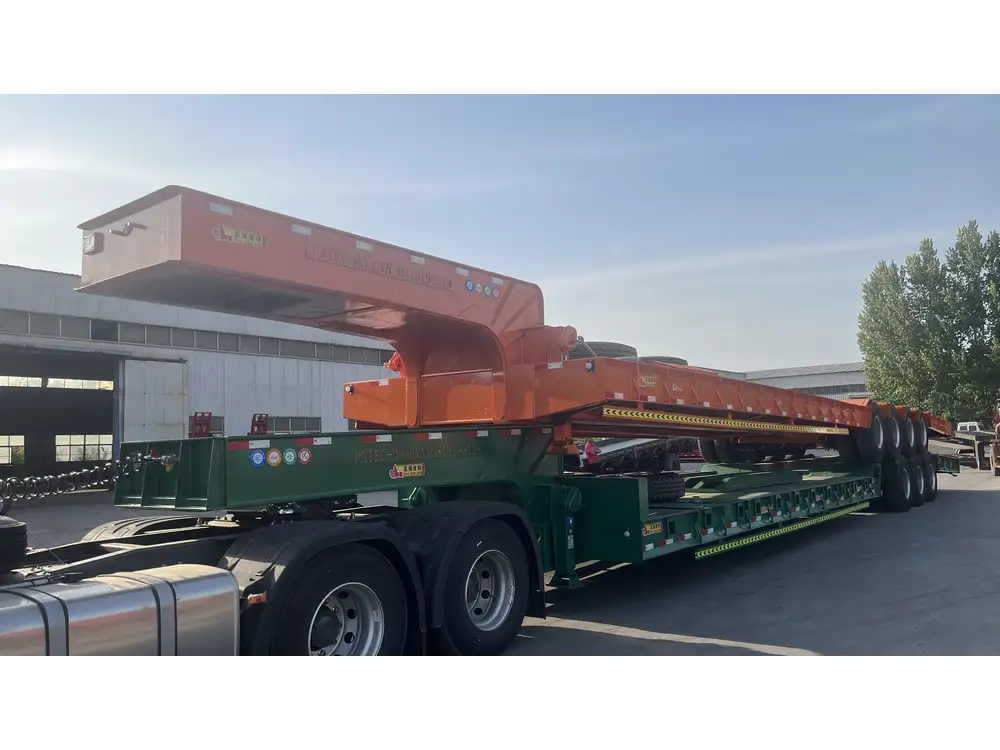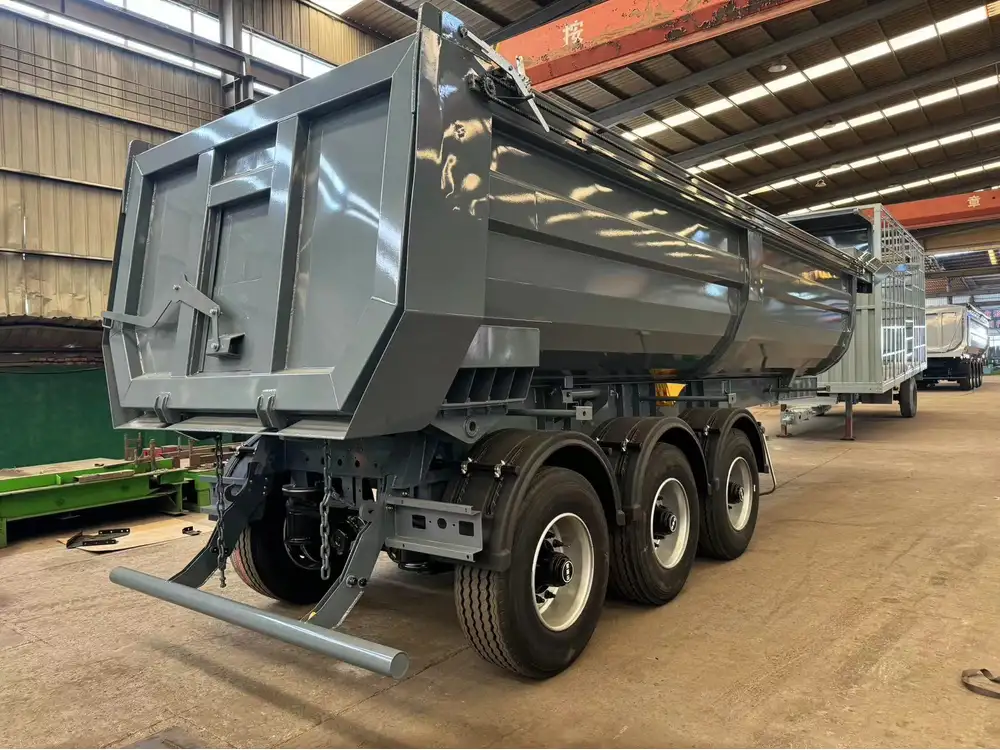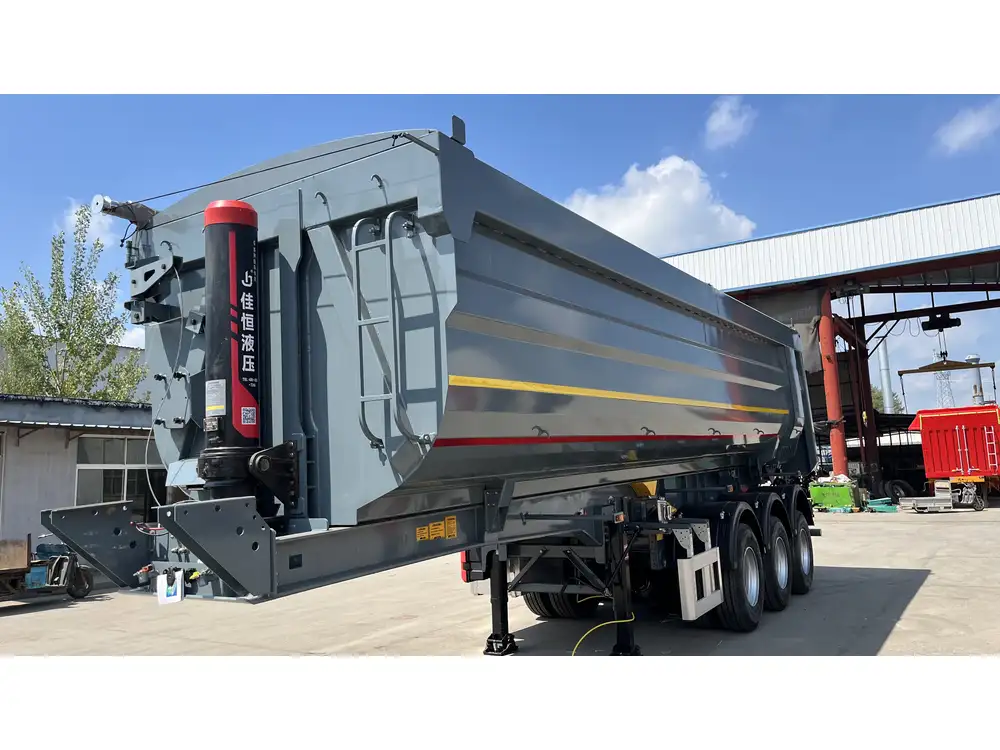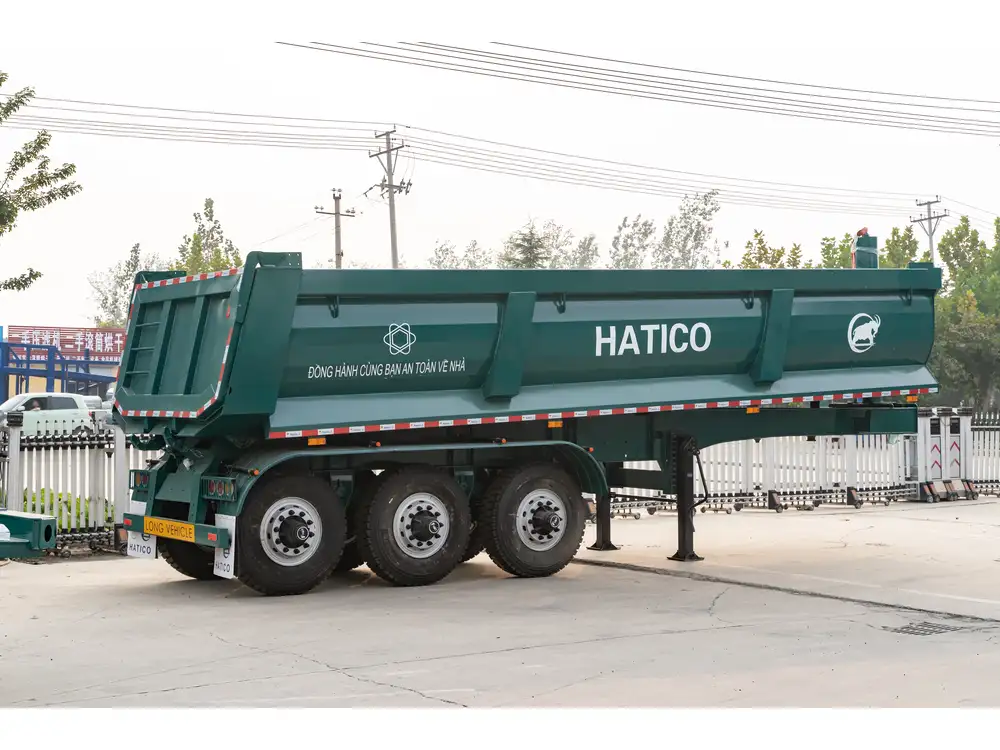Introduction
In the realm of logistics and transportation, semi-trailers play a critical role in the efficient movement of goods across vast distances. One vital component often overlooked when discussing semi-trailer design and functionality is the water tank. Whether it pertains to transporting materials that require hydration or flushing systems for sanitation, the presence and number of water tanks in a semi-trailer can significantly influence operational efficiency. In this guide, we will delve deep into understanding how many water tanks you might find in a semi-trailer, their purposes, sizes, and classifications, all while ensuring our insights can facilitate immediate application in your logistics framework.
The Purpose of Water Tanks in Semi-Trailers
Water tanks integrated into semi-trailer designs serve various essential functions, including:
| Purpose | Description |
|---|---|
| Transportation | Transporting potable or non-potable water for various applications. |
| Sanitation | Facilitating sanitation practices within portable restrooms. |
| Equipment Cooling | Providing cooling solutions for machinery or goods sensitive to heat. |
| Dust Control | Assisting in dust suppression during transport of dry materials. |
Each of these purposes can dictate how many water tanks a semi-trailer might require, as well as their sizes and configurations.

Factors Affecting the Number of Water Tanks
When determining the number of water tanks in a semi-trailer, several crucial factors come into play:
1. Trailer Type
The type of semi-trailer has a significant impact on the number of water tanks it requires. Here are a few common types:
- Flatbed Trailers: May need minimal or no water tanks unless specified for specific jobs.
- Tanker Trailers: Traditionally designed to transport liquids, these are likely to feature larger, optimized water tanks.
- Reefer Trailers: May incorporate water tanks to maintain specific temperature settings.
2. Load Requirements
The nature of the cargo being transported significantly influences the water tank configuration:
- Food Products: Necessitate potable water for hygiene compliance.
- Construction Materials: Transporting aggregates may require additional water for dust control.
- Hazardous Materials: Certain loads may call for emergency response systems, including water supply tanks.

3. Regulatory Requirements
Compliance with local and federal regulations can dictate the number and specifications of water tanks. For instance:
| Regulation Type | Details |
|---|---|
| Health Codes | Standards related to potable water transportation. |
| Environmental Regulations | Limitations on the quantity and spillage of water during transport. |
| Safety Regulations | Requirements for emergency response systems. |
Common Sizes and Configurations of Water Tanks
Understanding size and configuration is vital for choosing the right number of water tanks. Here’s a breakdown:
Water Tank Sizes
| Size (Gallons) | Common Applications | Notes |
|---|---|---|
| 50 | Sanitation needs | Ideal for small portable systems. |
| 100 | Construction sites | Ample capacity for dust control. |
| 500 | Long haul transports | Suitable for larger reefer trailers. |
| 1000+ | Specialized tankers | Used in tanker or specialized vehicles. |

Tank Configurations
- Single Tank Configuration: Simple and straightforward, suitable for minimal needs.
- Dual Tank Configuration: Provides a greater volume, allowing for simultaneous usage.
- Modular Tank Systems: Often custom-built, adaptable to cargo requirements and regulatory frameworks.
Potential Search Intent for Users
To effectively address user intent around water tanks in semi-trailers, consider the following questions and related keywords:
How many water tanks are in my trailer?
- Key aspects to explore include common trailer types, standard configurations, and typical sizes.
What are the benefits of multiple water tanks in semi-trailers?
- Discussing operational versatility and compliance attributes can engage this query.
How to determine the appropriate tank size for my semi-trailer?
- Providing a thorough guide on calculating necessary size based on load and regulations will keep readers engaged.
What regulations govern water tank use in transportation?
- Analyzing specific regulations across various jurisdictions caters directly to compliance-focused inquiries.
Case Studies: Practical Applications and Configurations
To further enrich this discussion, let us consider a few pertinent case studies highlighting the varying configurations and applications of water tanks in semi-trailers.

Case Study 1: Construction Logistics
A construction firm specializing in highway projects utilizes flatbed semi-trailers to transport heavy machinery and supplies. They integrate a 100-gallon water tank on each trailer dedicated to dust control during transportation. The benefits observed include:
- Reduced dust emissions, promoting cleaner air.
- Enhanced safety for transport crews.
Case Study 2: Food Transportation
A company focused on transporting bottled water incorporates specialized 500-gallon tanks in their tanker trailers. The design maximizes efficiency by harnessing gravity during unloading, highlighting the importance of:
- Ensuring compliance with health and safety regulations.
- Maintaining temperature and water quality during long-haul trips.
Case Study 3: Event Logistics
In the realm of event management, transporting portable restrooms necessitates the inclusion of dual tank configurations equipped with 50-gallon tanks. This setup allows for:
- Efficient servicing of multiple restroom units without the need for separate transport vehicles.
- Maintaining hygiene standards in high-traffic areas.

Evaluating Water Tank Needs: A Structured Approach
In determining the exact requirements for water tanks in your semi-trailer, consider the following structured approach:
Step 1: Assess Your Cargo
Identify whether your cargo necessitates water for cooling, transport, sanitation, or compliance.
Step 2: Determine Regulations
Conduct research on your local regulations concerning water transport and emergency preparedness to avoid costly fines and ensure compliance.

Step 3: Calculate Necessary Volume
Utilize calculations based on load requirements and operational duration to ascertain the volume of water needed. This step will indicate the size and number of tanks strongly suited to your specific needs.
Step 4: Opt for the Right Configuration
Based on the assessed requirements, choose an appropriate tank configuration that complements both your logistical framework and regulatory obligations.
Conclusion
Understanding how many water tanks are in your semi-trailer is not merely a theoretical exercise—it’s an essential aspect of effective logistical operations. Whether addressing sanitation needs, ensuring compliance, or enhancing cooling mechanisms, the selection of water tanks should be deliberate and strategic. By considering the factors influencing water tank requirements, assessing practical applications through real-world case studies, and applying a systematic approach to decision-making, operators and managers can ensure their semi-trailer configurations maximize efficiency and safety.
Investing the time to analyze these components can significantly enhance your operational effectiveness, ensuring that you not only meet but exceed the standards expected within the transport industry. Make informed decisions, optimize trailer configurations, and elevate your logistical prowess within the competitive marketplace.



